Environmental studies and permitting
The Environmental Impact Assessment (EIA) represents one of the supporting tools to public decisions, aimed to previously estimate the induced effects of a determined project action on the surrounding environment thus verifying its environmental compatibility.
Such procedure, defined at European Community level by the 85/377/CEE Directive and the following 97/11/CE Directive, was implemented at national level through Law 349/86 as well with DPCM 377/88 (“Work typologies whose projects are subdued to VIA procedures”) and DPCM of December 27, 1988 (“ Structure and contents of environmental im pact studies ”).
Italian Law DPR of April 12, 1996 fulfilled the implementation of the EC directives regulating the EIA procedure concerning works referred in the II Attachment to the 85/337/CEE Directive.

The complete normative on EIA was rearranged through Part II of Italian Law D.Lgs. 152/06 and subsequent modifications and additions.
Environmental Impact Studies (EIS) constitute a technical-scientific instrument which comprises the description and evaluation of environmental effects due to the realization and utilize of specific work categories.
These studies represent interdisciplinary instruments aimed to communicate to relevant authorities and populations the nature of the environmental results caused by the work and the measures the Proponent is willing to set in order to mitigate or reduce their extent.
EIS editing stage is a key step in the EIA procedure whose complexity is strictly linked to the number of actors, interests and problems involved.
Consequently the achievement of environmental compatibility, which is based on data obtained by the EIS study, depends on multiple and complex activities to perform before, during and after the study itself.
In the European context, Environmental Impact Assessment studies substantially share the aims and structures with the Italian legislation and are regulated by the aforementioned directives.
In case of international projects, EIA studies, more often called Environmental and Social Impact Assessments (ESIA), follow national laws when existing or Donor standards when available. This usually occurs when the work is financed by the World Bank which, in its Operational manual, includes Operational Policies (OPs) with mandatory guidelines regarding the funded Project.
Our EIA team includes specialists in environmental sciences and is joined by local experts and specialists in socio-economic studies that enhance the expertise of the working group, in order to optimize the results of the work.
VDP is engaged in the development of Environmental Impact Assessment since the end of 80’s and, over the years, has gained the skills to meet and satisfy the needs expressed by the Proponent during the EIA process.

Concerning the four areas of activity needed to obtain the Environmental compatibility approval, the services offered by VDP are:
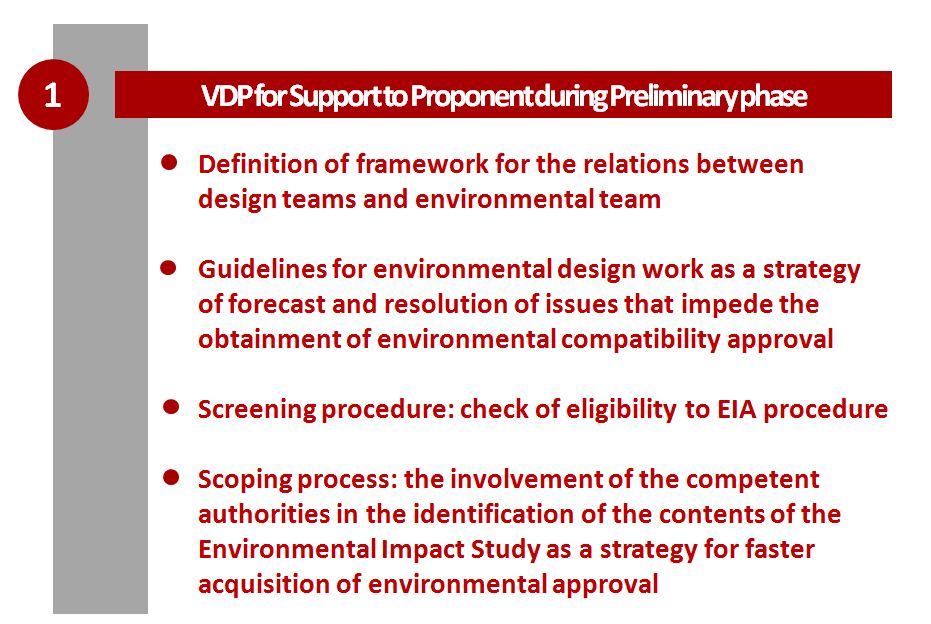
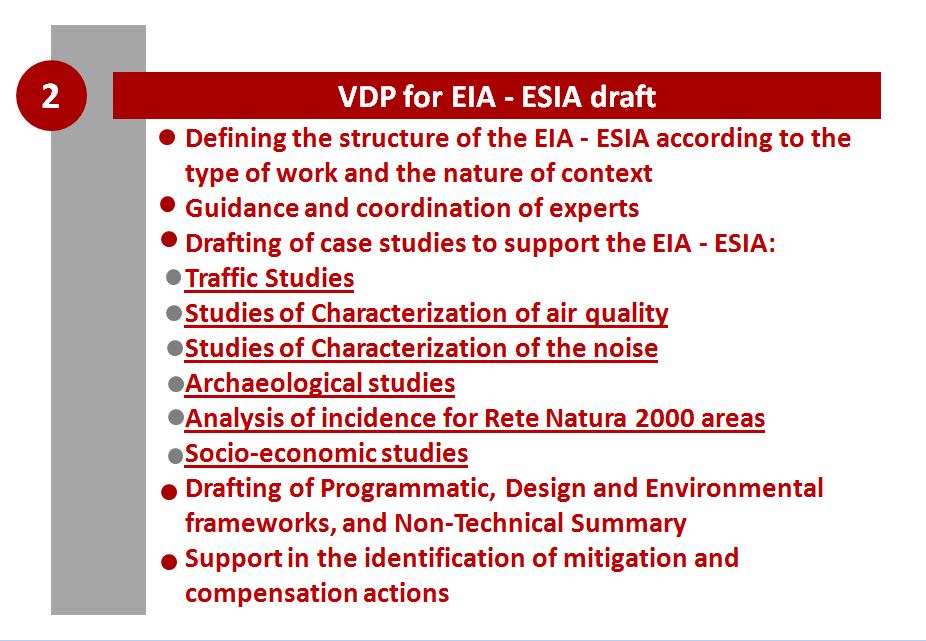
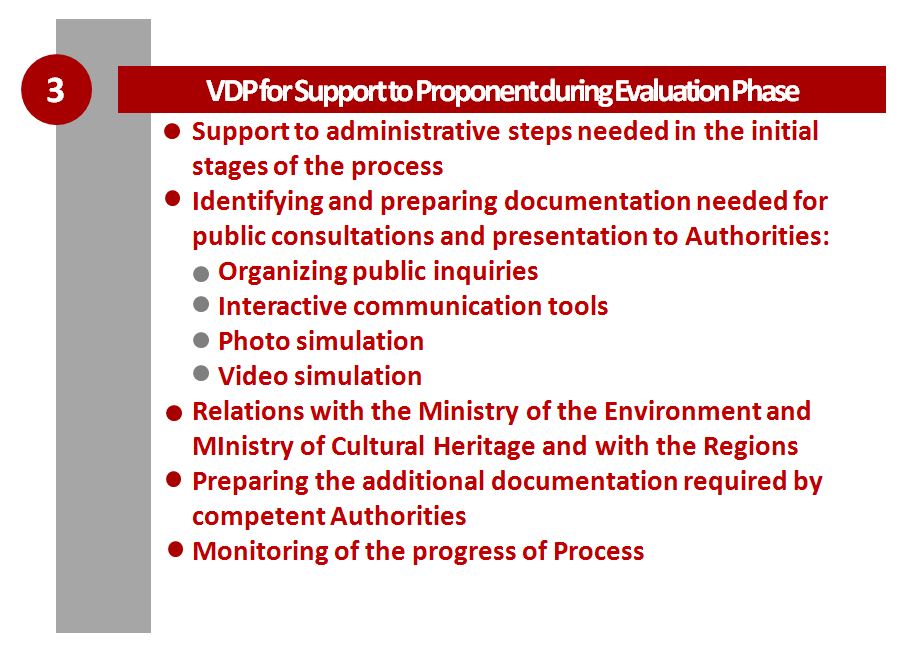

At European and International level, VDP ensures compliance with current regulations and, in case of studies funded by Donors that require specific standards, their fulfillment.

EIA process can be divided into 3 main phases and various subsequent steps, more or less codified by the Law.
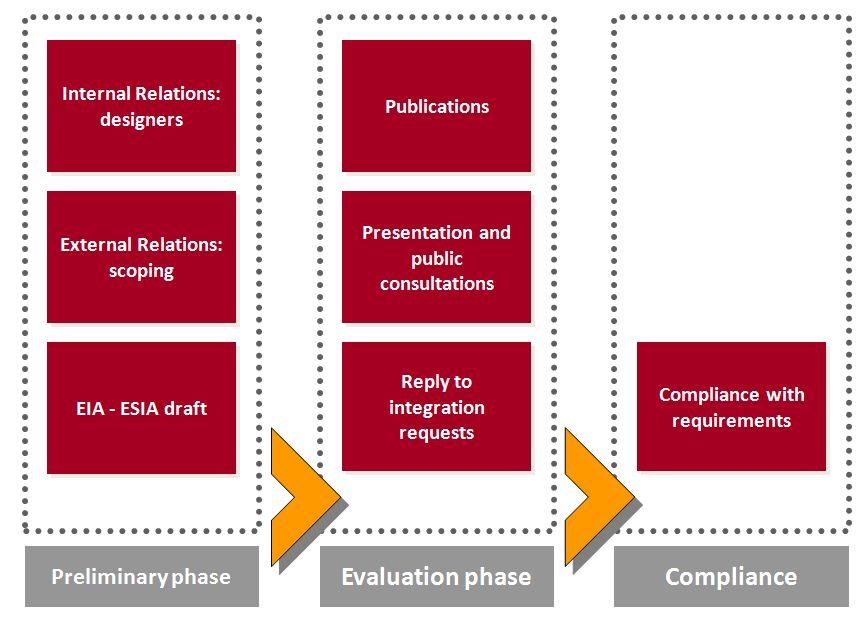
The preparation of the EIA is therefore just an important step of a more complex process that requires a broad set of skills and knowledge.
The activities necessary to obtain the environmental compatibility approval by the Authority and, more generally, of the authorization for the construction phase, are various .
VDP goal is therefore to support the Client – Proponent throughout the different phases that structure the EIA procedure, thanks to the complex of technical and procedural knowledge acquired during many years of activity.
Furthermore, VDP goal is to increase its presence in foreign markets. VDP aims to set up a network of foreign companies, with complementary skills, in order to offer tested and professionally reliable team, able to perform to the required activities at highest levels.

-
 Seismic upgrading of A24 viaductsSettore: Roads & Highways
Seismic upgrading of A24 viaductsSettore: Roads & Highways -
 E.I.S (Environmental Impact Study) for the TEFP (Technical and Economic Feasibility Project) railway line Passo Corese – RietiSettore: Railways & Station
E.I.S (Environmental Impact Study) for the TEFP (Technical and Economic Feasibility Project) railway line Passo Corese – RietiSettore: Railways & Station -
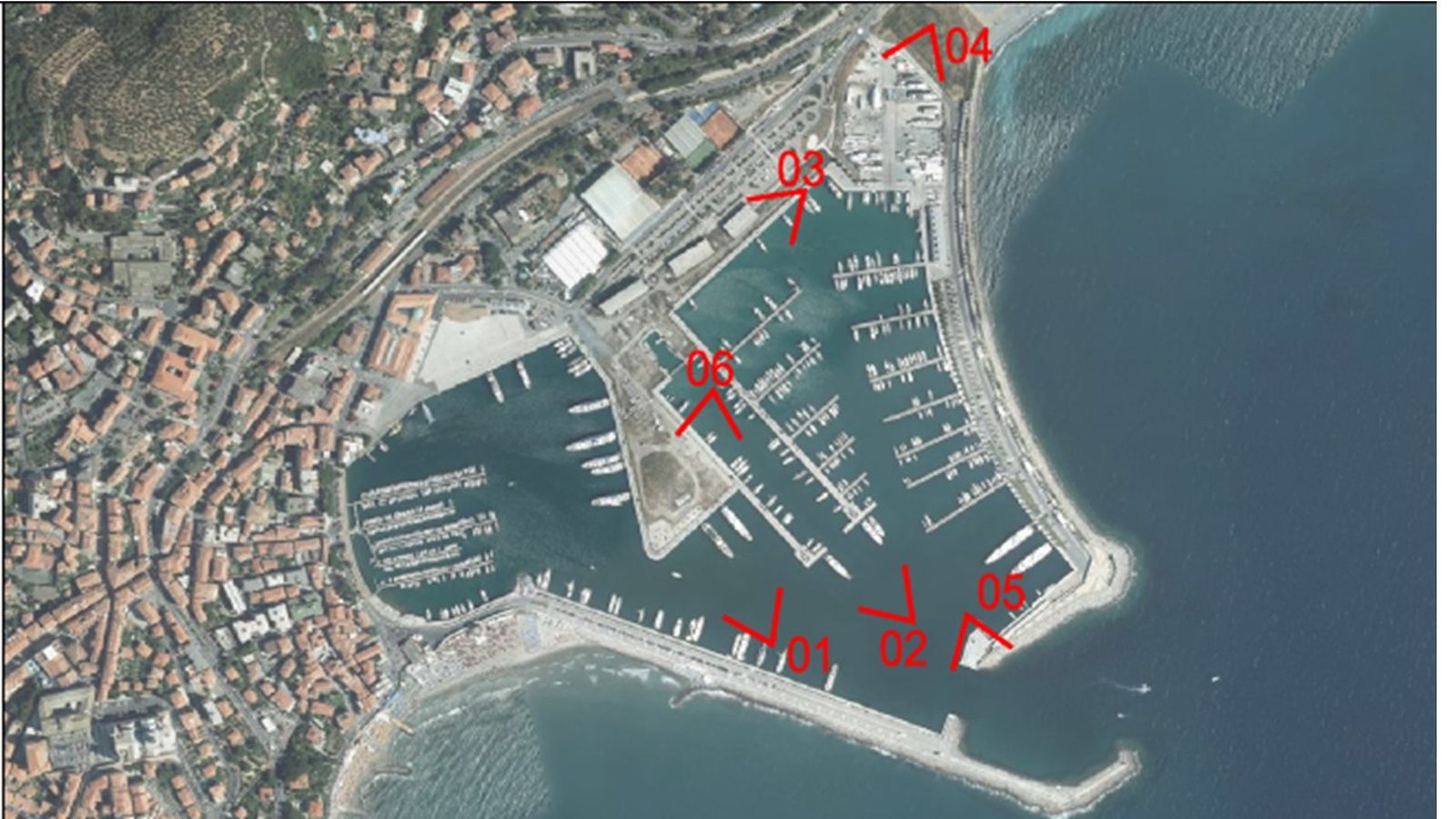 Porto Turistico di ImperiaSettore: Ports and hydraulic projects
Porto Turistico di ImperiaSettore: Ports and hydraulic projects -
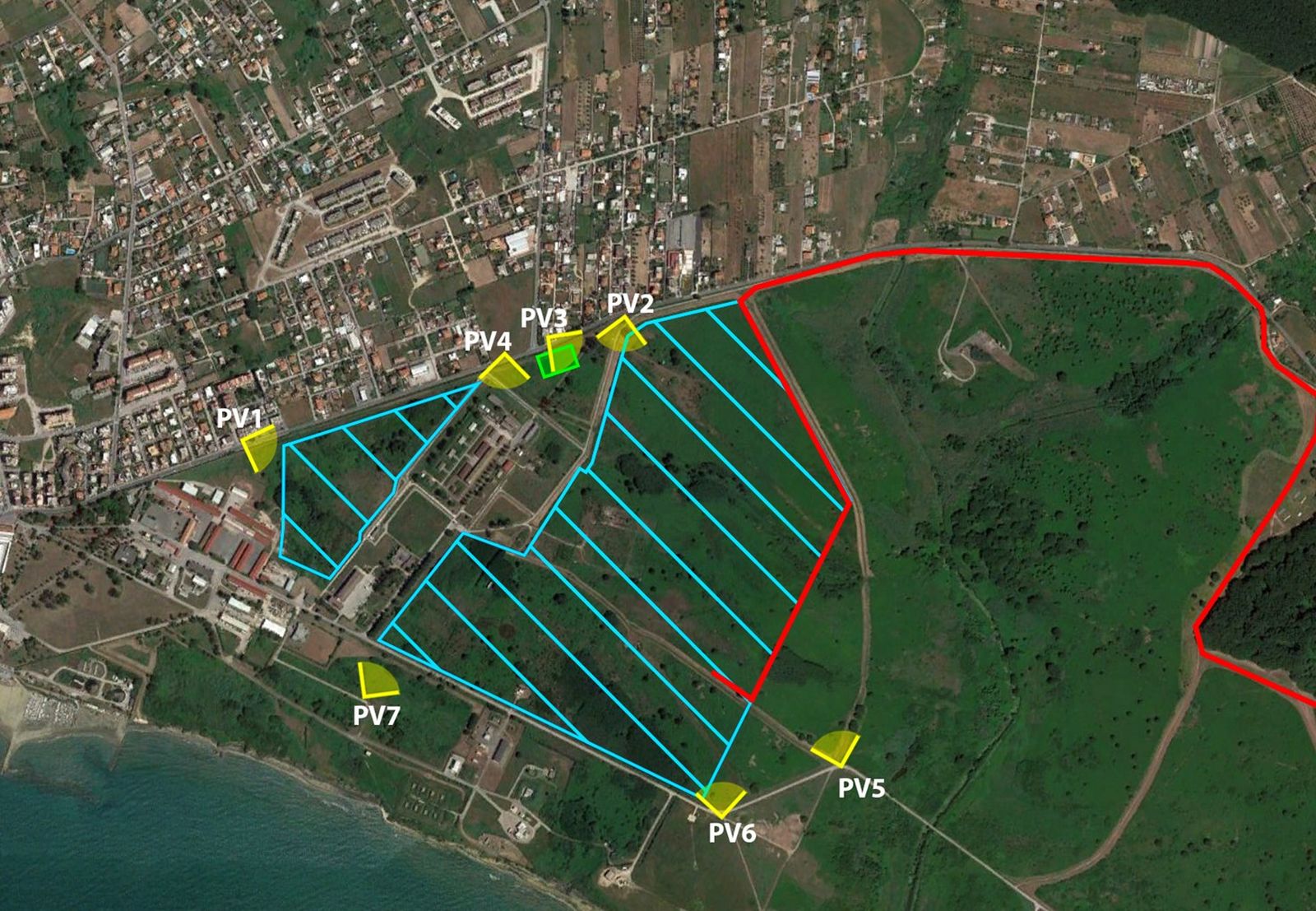 Progetto Definitivo Fotovoltaico a “Nettuno”, RomaSettore: Energy Infrastructures
Progetto Definitivo Fotovoltaico a “Nettuno”, RomaSettore: Energy Infrastructures -
 Rearrangement of the NTG in the Eisack Valley – TERNASettore: Energy Infrastructures
Rearrangement of the NTG in the Eisack Valley – TERNASettore: Energy Infrastructures -
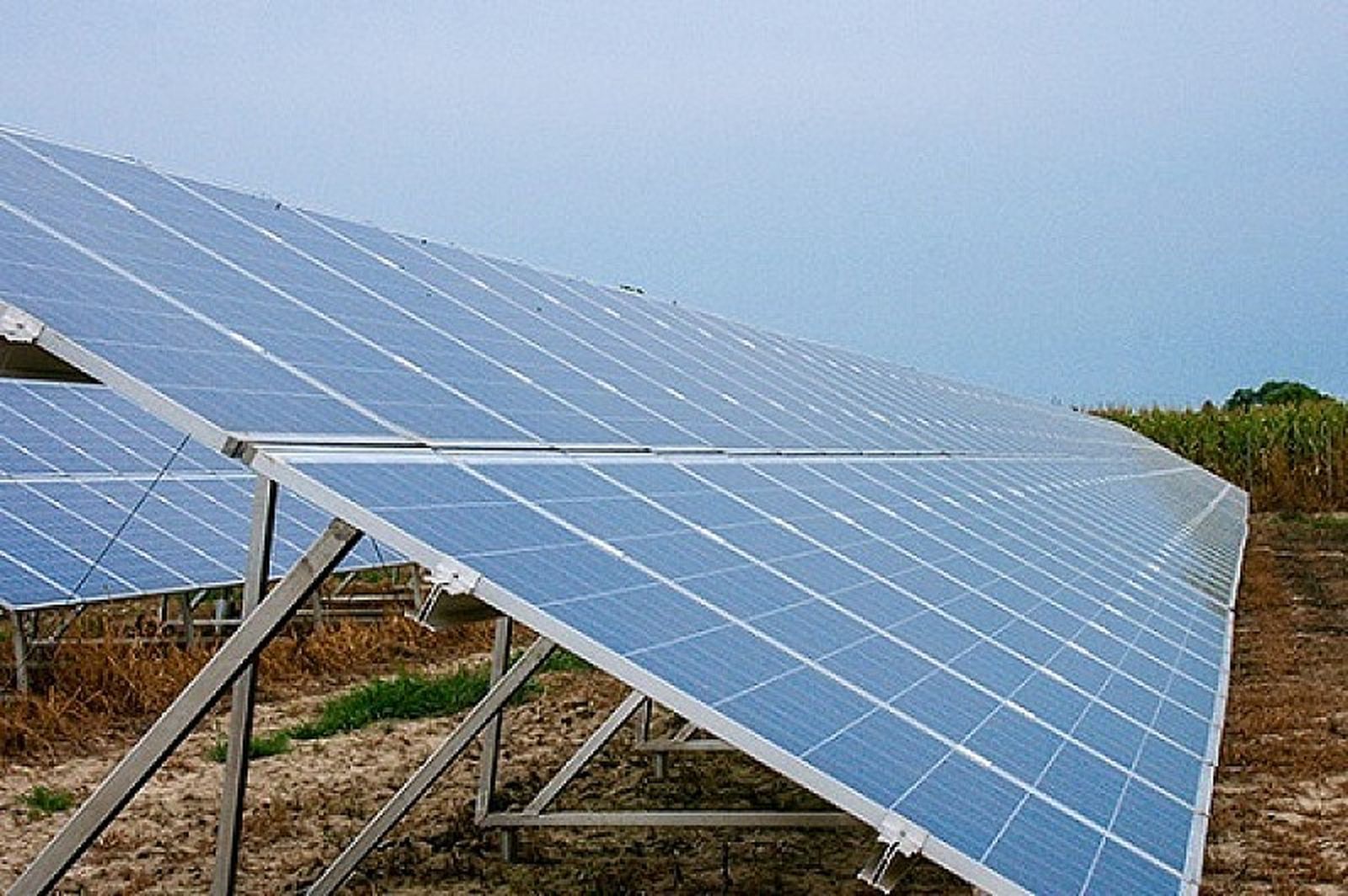 Progetto Definitivo Fotovoltaico a “Santa Severa”, RomaSettore: Energy Infrastructures
Progetto Definitivo Fotovoltaico a “Santa Severa”, RomaSettore: Energy Infrastructures -
 Framework Agreement PP, DD, FD, RFI STATIONSSettore: Railways & Station
Framework Agreement PP, DD, FD, RFI STATIONSSettore: Railways & Station -
 F.A. Engineering Services – ADSP MAR TIRRENO SETT.Settore: Ports and hydraulic projects
F.A. Engineering Services – ADSP MAR TIRRENO SETT.Settore: Ports and hydraulic projects -
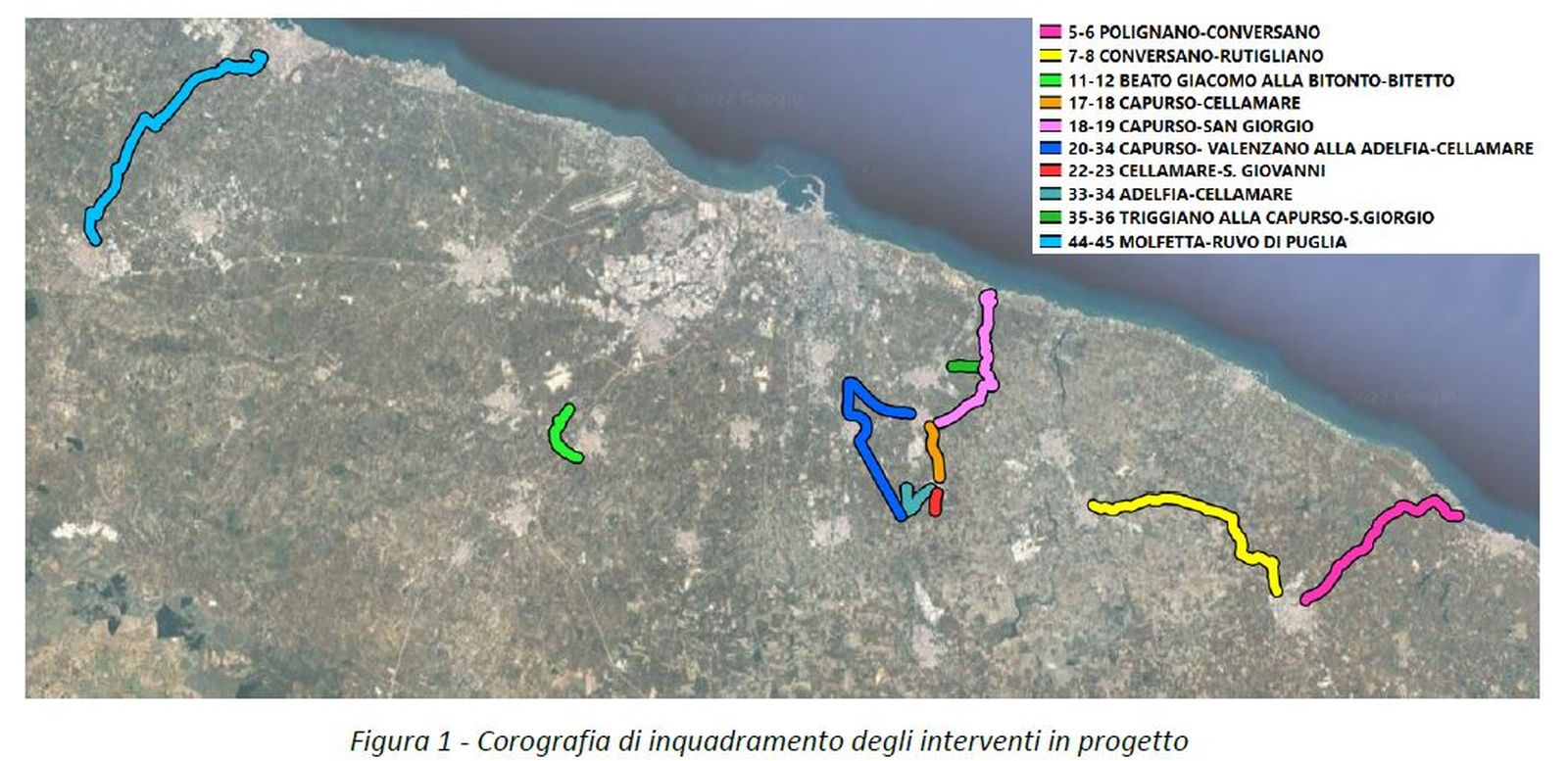 Biciplan – Metropolitan City of Bari
Biciplan – Metropolitan City of Bari -
 PFTE of tramway LOT 4 and LOT 5 – Rome
PFTE of tramway LOT 4 and LOT 5 – Rome -
 EIA Levante Waterfront, Port of Genoa
EIA Levante Waterfront, Port of Genoa -
 Framework Contract for the Brescia-Padua MotorwaySettore: Roads & Highways
Framework Contract for the Brescia-Padua MotorwaySettore: Roads & Highways -
 Environmental studies metro line m1 MilanSettore: Urban Transport
Environmental studies metro line m1 MilanSettore: Urban Transport -
 Public Health Study on Turin – Venice Railway LineSettore: Railways & Station
Public Health Study on Turin – Venice Railway LineSettore: Railways & Station -
 Nodo ferroviario di Verona tratta AV/AC VR-PDSettore: Railways & Station
Nodo ferroviario di Verona tratta AV/AC VR-PDSettore: Railways & Station -
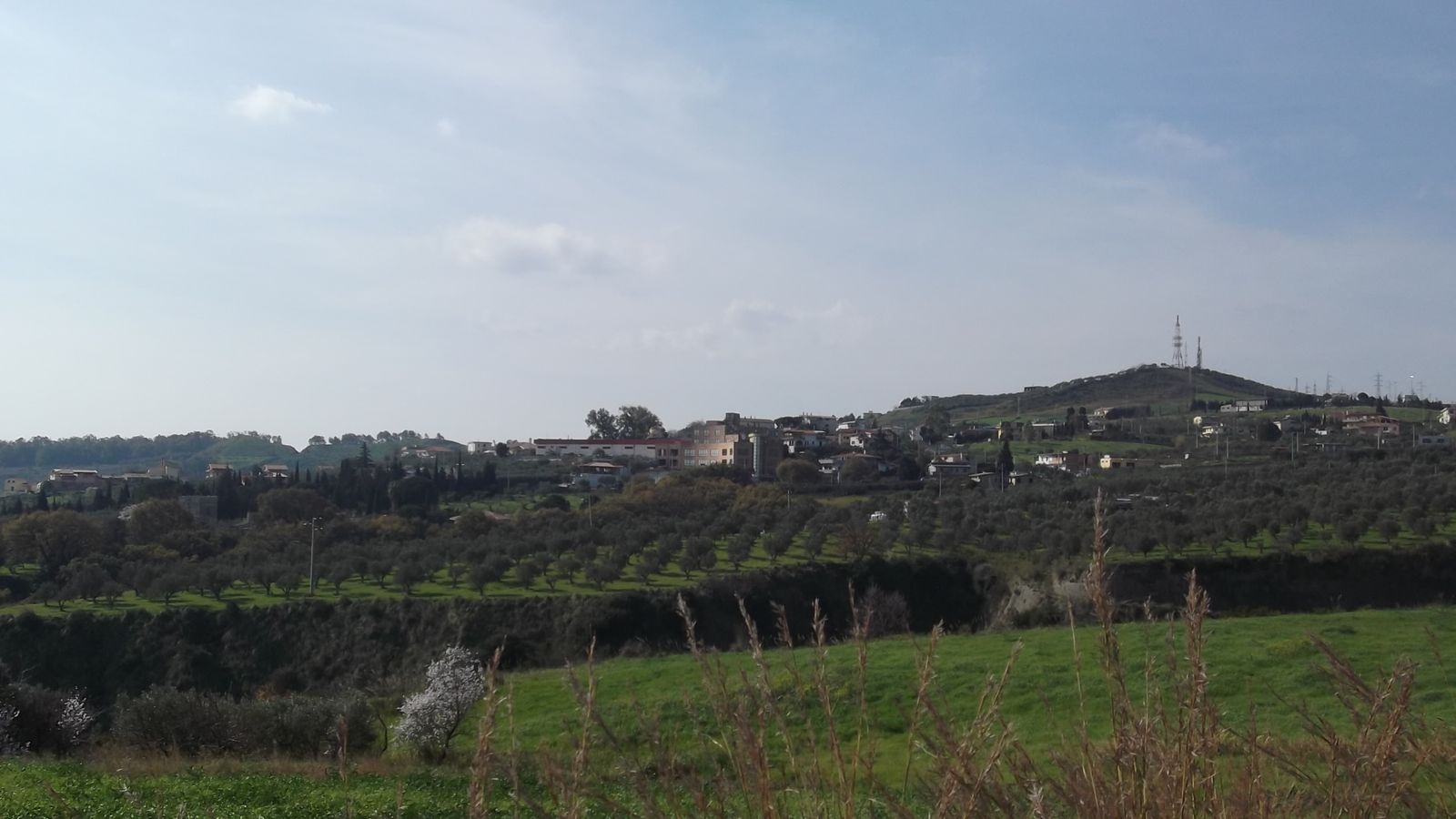 150 kV Powerline Calusia – CatanzaroSettore: Energy Infrastructures
150 kV Powerline Calusia – CatanzaroSettore: Energy Infrastructures -
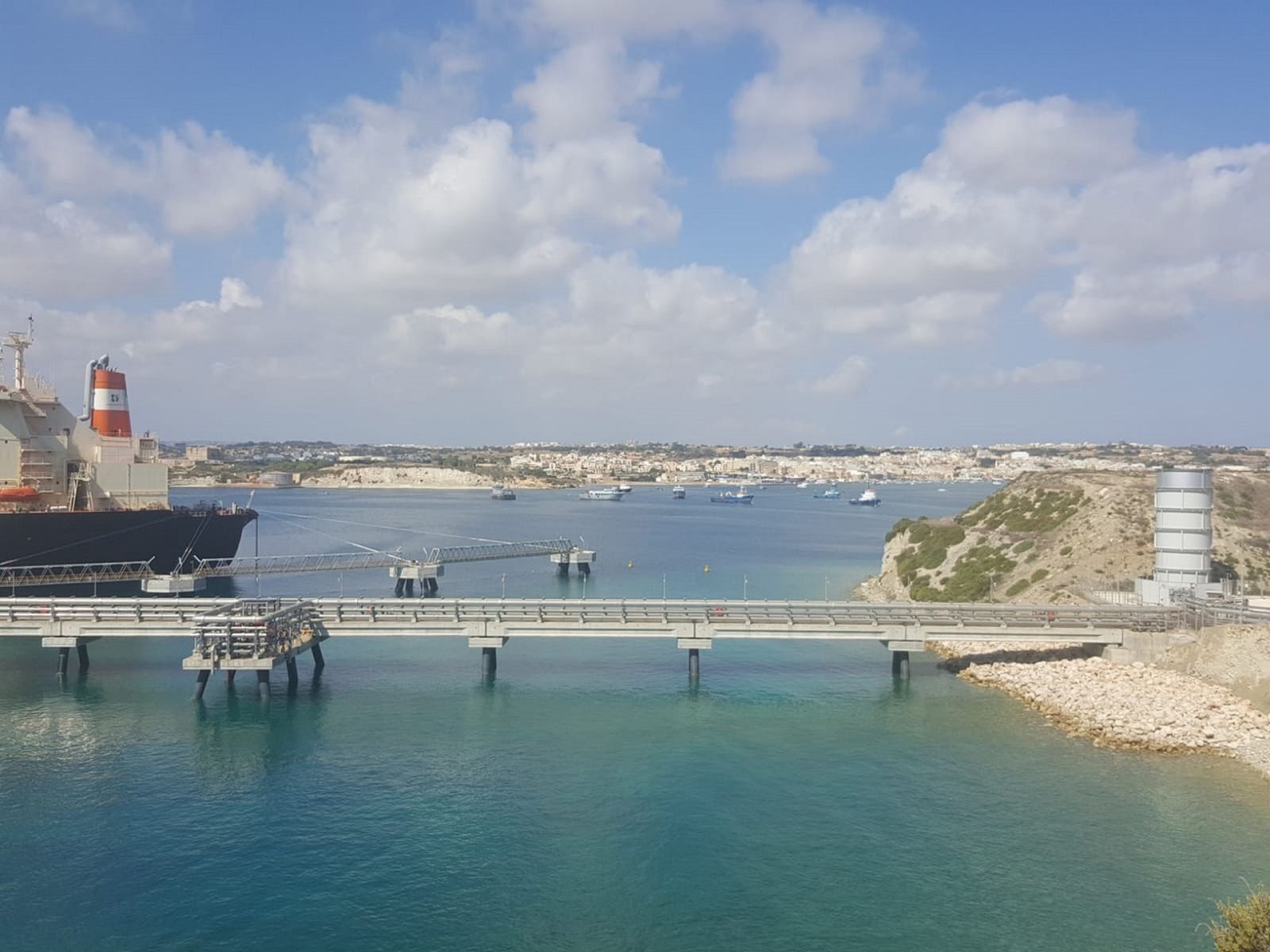 Gas Pipeline Italy-MaltaSettore: Energy Infrastructures
Gas Pipeline Italy-MaltaSettore: Energy Infrastructures -
 Orco’s Valley Aqueduct (TO)Settore: Ports and hydraulic projects
Orco’s Valley Aqueduct (TO)Settore: Ports and hydraulic projects -
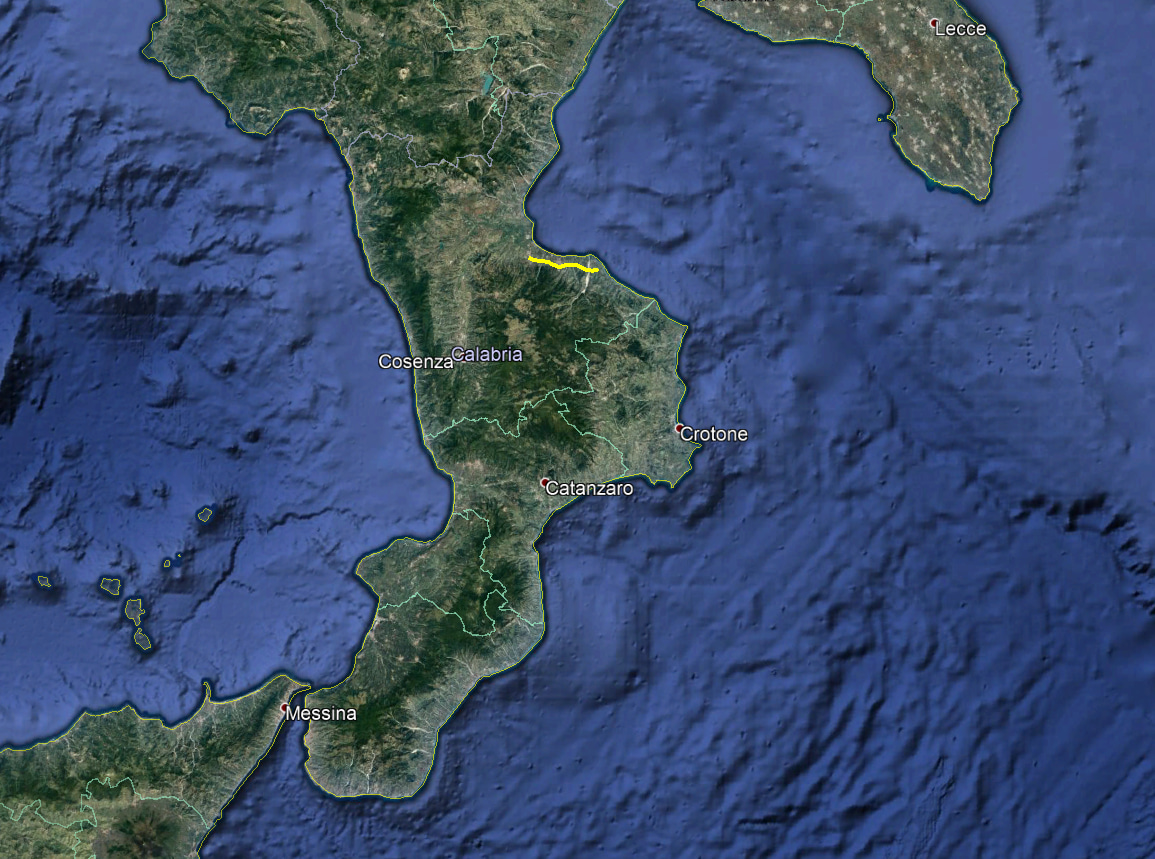 Framework Contract ANAS – State road n.106 “Ionica”Settore: Roads & Highways
Framework Contract ANAS – State road n.106 “Ionica”Settore: Roads & Highways -
 ANAS Framework Contracts – Project in Sicily and SardiniaSettore: Roads & Highways
ANAS Framework Contracts – Project in Sicily and SardiniaSettore: Roads & Highways -
 EuroAsia InterconnectorSettore: Energy Infrastructures
EuroAsia InterconnectorSettore: Energy Infrastructures -
 Nairobi Metropolitan Region – Kenya
Nairobi Metropolitan Region – Kenya -
 Nodo AV Bologna – Studio di Impatto AmbientaleSettore: Railways & Station
Nodo AV Bologna – Studio di Impatto AmbientaleSettore: Railways & Station -
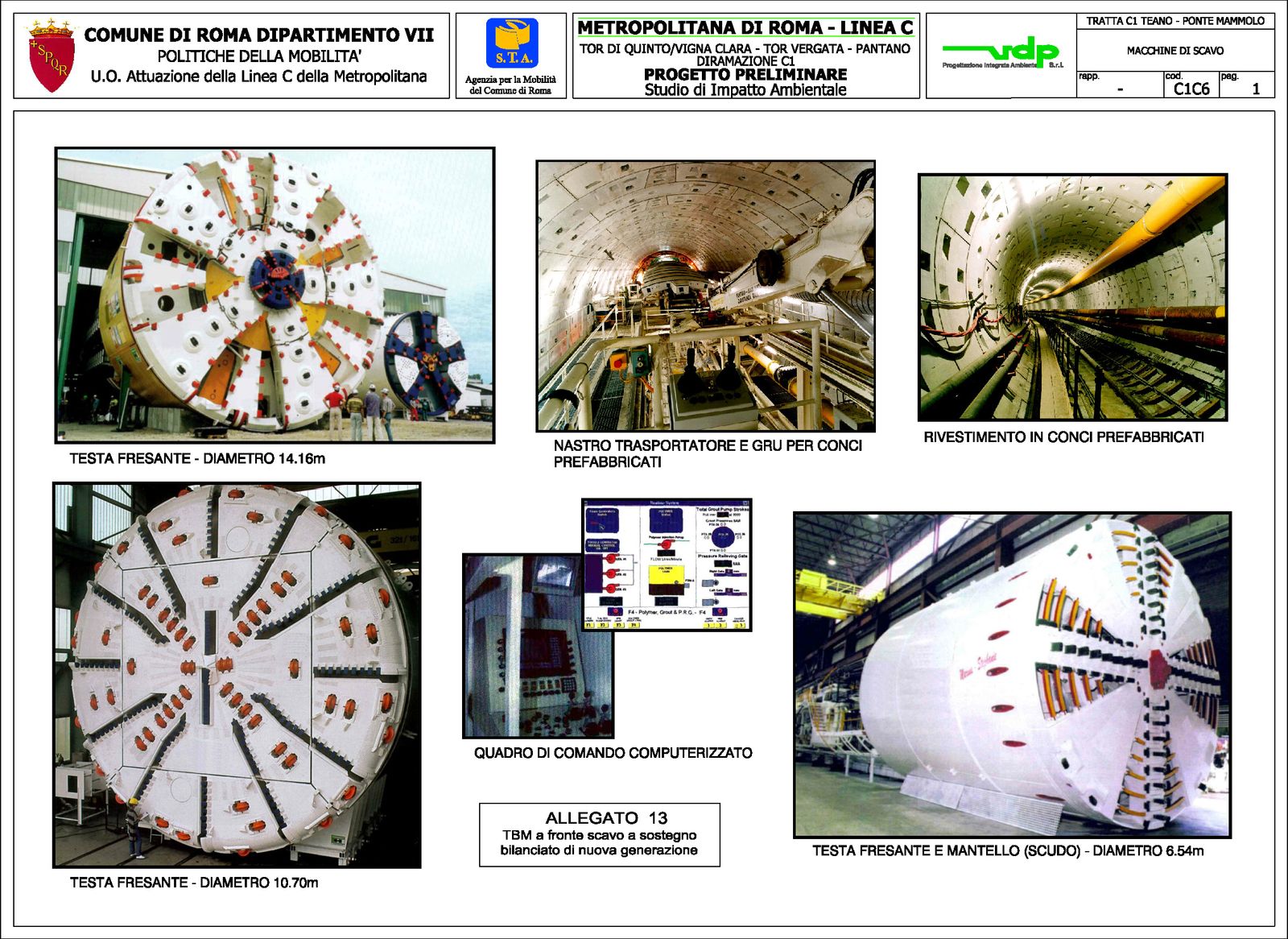 Rome Underground – C Line, stretch T7, T6CD dir. C1Settore: Urban Transport
Rome Underground – C Line, stretch T7, T6CD dir. C1Settore: Urban Transport -
 Highway A14 – Bologna BypassSettore: Roads & Highways
Highway A14 – Bologna BypassSettore: Roads & Highways -
 Potenza – Foggia Railway LineSettore: Railways & Station
Potenza – Foggia Railway LineSettore: Railways & Station -
 EIA and AIA Authorizations – Integration at regional levelSettore: Public Administrations
EIA and AIA Authorizations – Integration at regional levelSettore: Public Administrations -
 Authorizations for hydrocarbon research Atripalda – MontorsiSettore: Energy Infrastructures
Authorizations for hydrocarbon research Atripalda – MontorsiSettore: Energy Infrastructures -
 Authorizations for hydrocarbon research – VultureSettore: Energy Infrastructures
Authorizations for hydrocarbon research – VultureSettore: Energy Infrastructures -
 State Road 16 – Bellaria-Misano stretchSettore: Roads & Highways
State Road 16 – Bellaria-Misano stretchSettore: Roads & Highways -
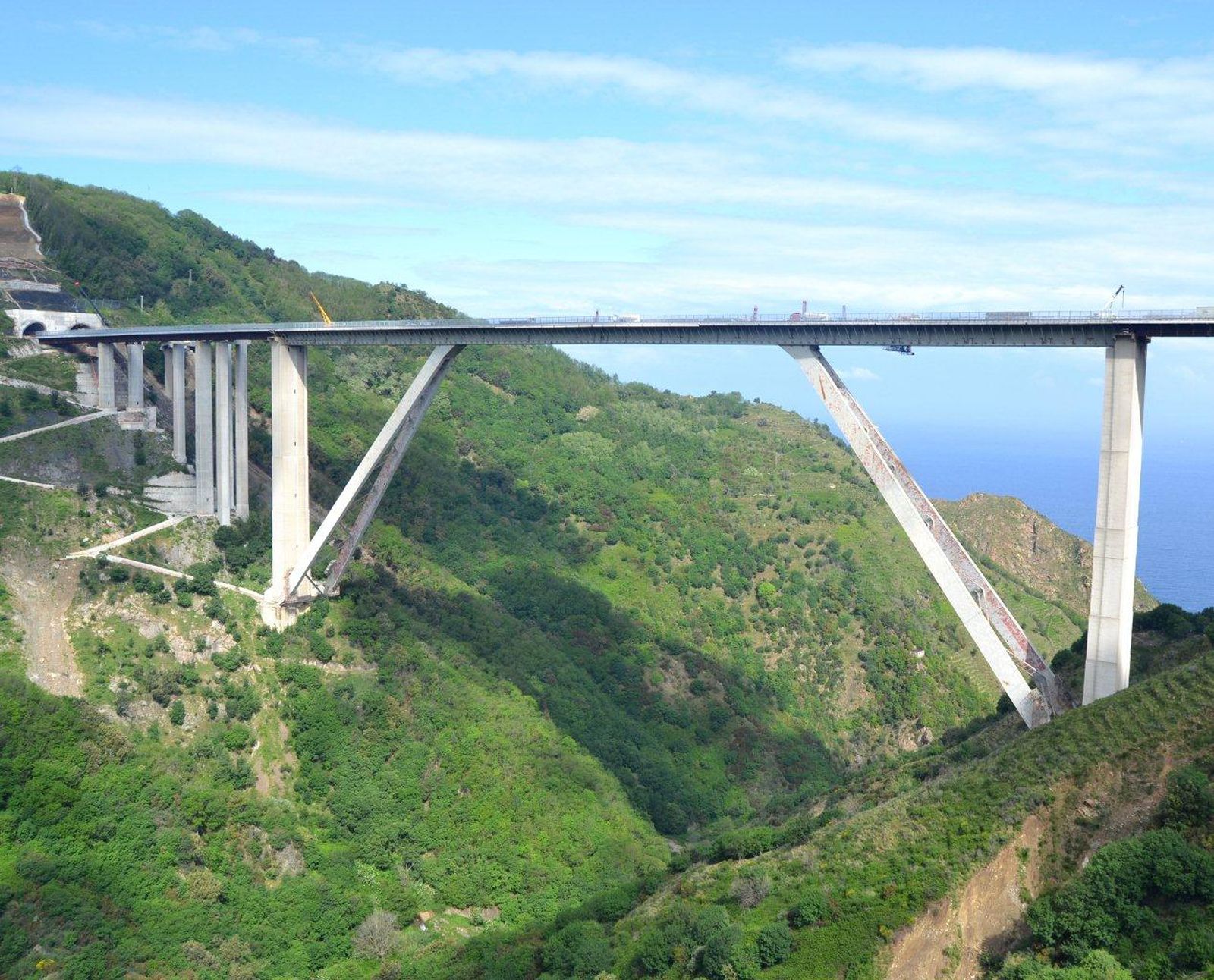 Highway Salerno – Reggio Calabria (kms 414-417)Settore: Roads & Highways
Highway Salerno – Reggio Calabria (kms 414-417)Settore: Roads & Highways -
 Rome Fiumicino Airport – Fiumicino South ProjectSettore: Airports
Rome Fiumicino Airport – Fiumicino South ProjectSettore: Airports -
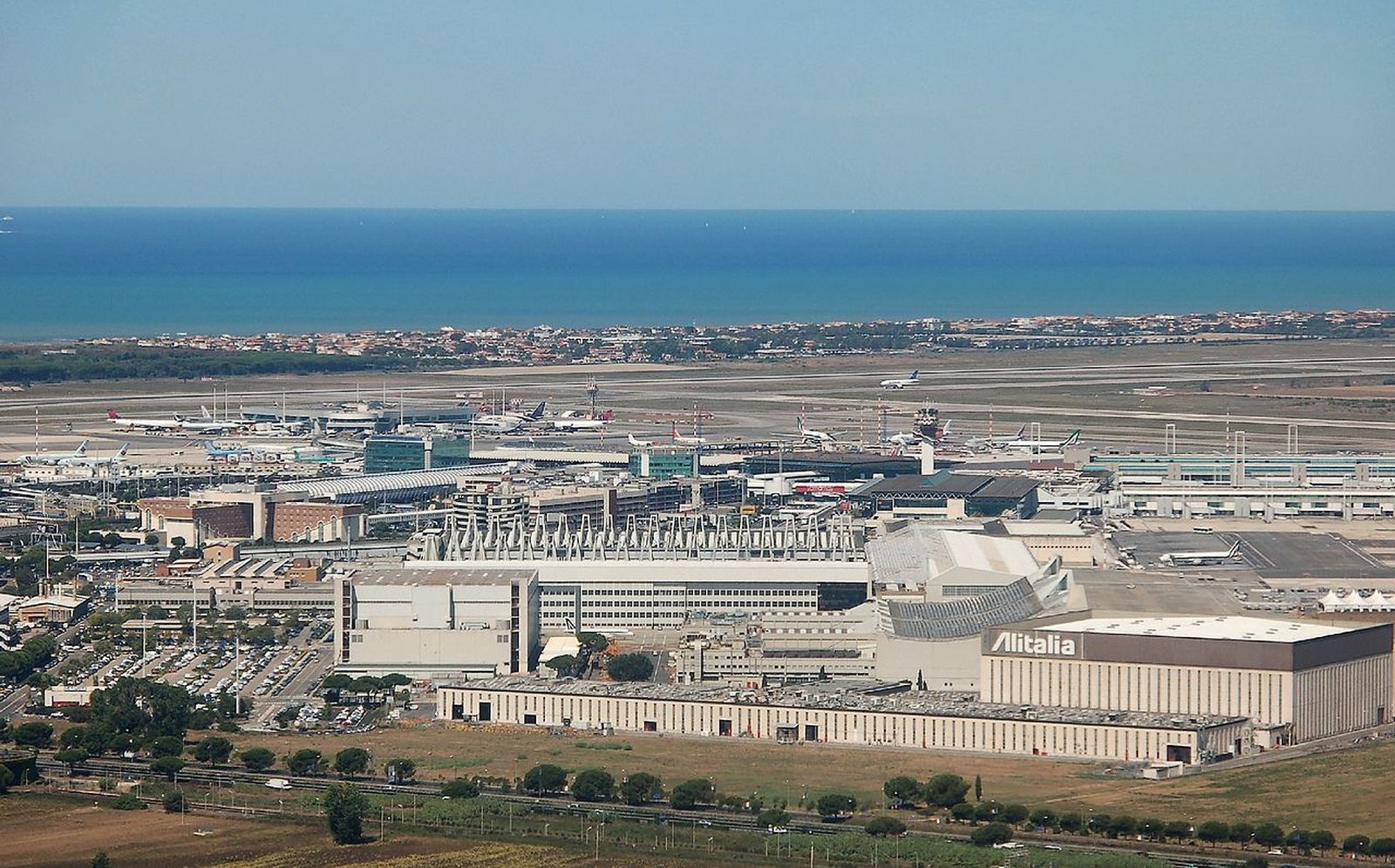 Rome Fiumicino Airport – Development PlanSettore: Airports
Rome Fiumicino Airport – Development PlanSettore: Airports -
 Rome Ciampino AirportSettore: Airports
Rome Ciampino AirportSettore: Airports -
 Palermo metropolitan railway serviceSettore: Urban Transport
Palermo metropolitan railway serviceSettore: Urban Transport -
 Trapani AirportSettore: Airports
Trapani AirportSettore: Airports -
 HS/HC Railway Line – Third Giovi PassSettore: Railways & Station
HS/HC Railway Line – Third Giovi PassSettore: Railways & Station -
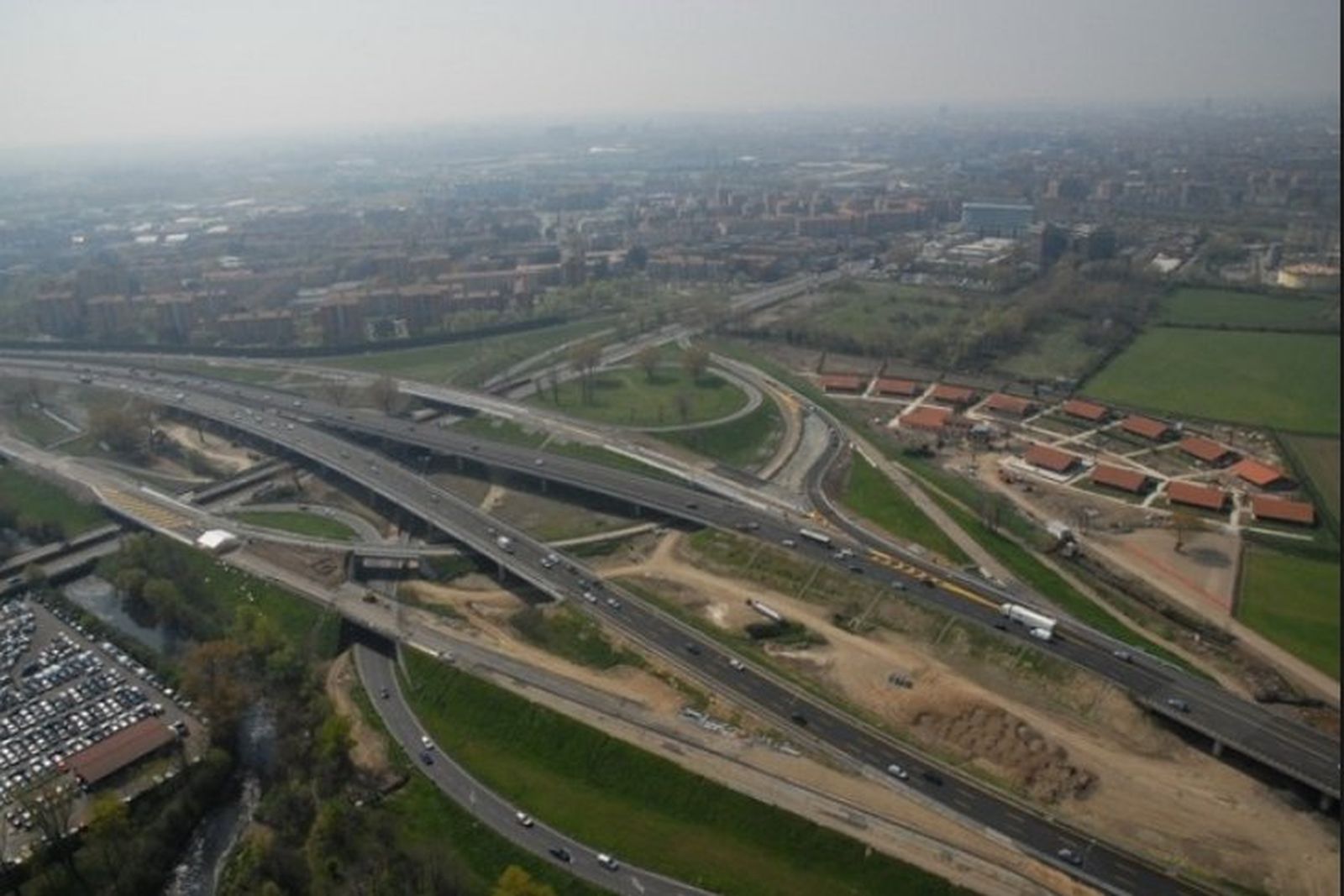 Forlanini Junction – Milan Eastern Ring RoadSettore: Roads & Highways
Forlanini Junction – Milan Eastern Ring RoadSettore: Roads & Highways -
 Catanzaro–Lamezia Terme Railway LineSettore: Railways & Station
Catanzaro–Lamezia Terme Railway LineSettore: Railways & Station -
 Venice Airport–Ronchi dei Legionari Railway LineSettore: Railways & Station
Venice Airport–Ronchi dei Legionari Railway LineSettore: Railways & Station -
 Ronchi dei Legionari – Trieste Railway LineSettore: Railways & Station
Ronchi dei Legionari – Trieste Railway LineSettore: Railways & Station -
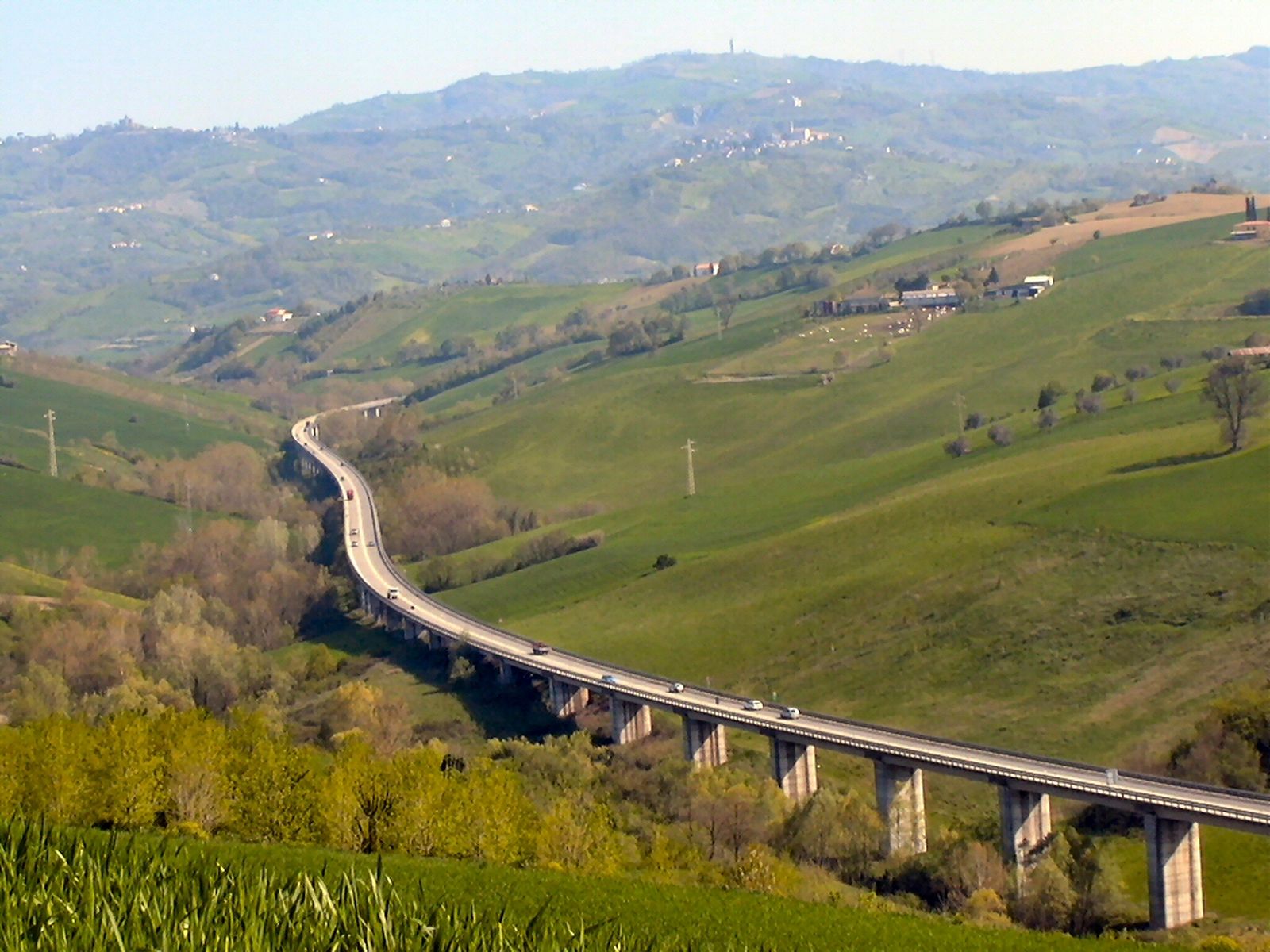 A24 Rome-Teramo Highway – Villa Vomano-Teramo sectionSettore: Roads & Highways
A24 Rome-Teramo Highway – Villa Vomano-Teramo sectionSettore: Roads & Highways -
 Pontremolese (Parma-La Spezia) RailwaySettore: Railways & Station
Pontremolese (Parma-La Spezia) RailwaySettore: Railways & Station -
 Pontremolese (Parma-La Spezia) RailwaySettore: Railways & Station
Pontremolese (Parma-La Spezia) RailwaySettore: Railways & Station -
 380 kV Taranto-Galatina Transmission Power LineSettore: Energy Infrastructures
380 kV Taranto-Galatina Transmission Power LineSettore: Energy Infrastructures -
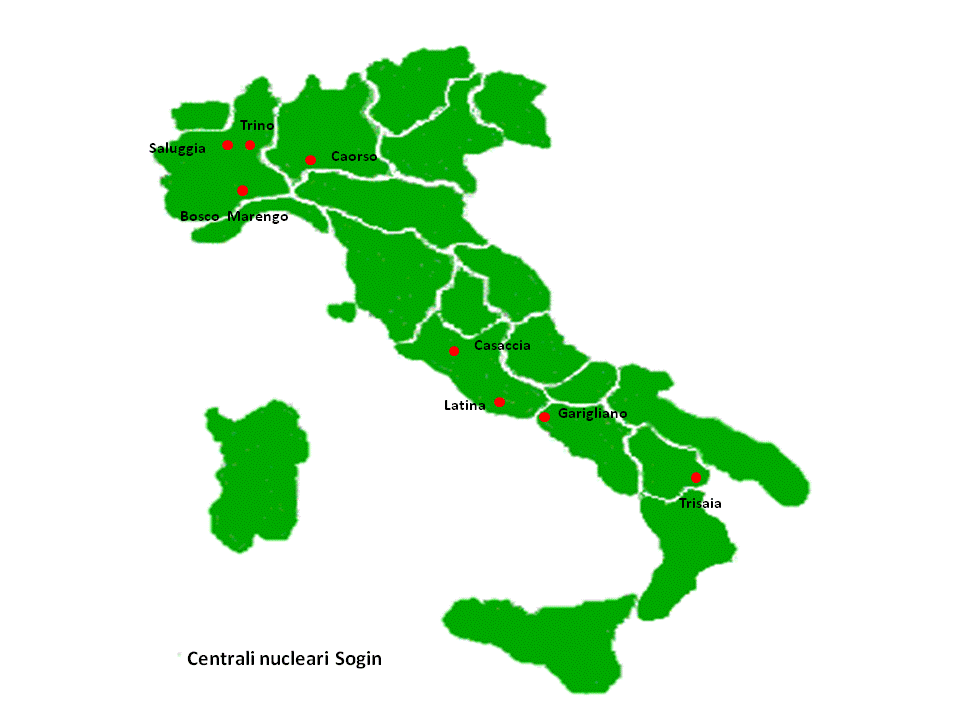 Environmental services contract – Sogin nuclear plantsSettore: Decommissioning
Environmental services contract – Sogin nuclear plantsSettore: Decommissioning -
 A12 Highway – Torrimpietra–Santa Marinella SectionSettore: Roads & Highways
A12 Highway – Torrimpietra–Santa Marinella SectionSettore: Roads & Highways -
 “Variante Vignole�- FiumicinoSettore: Public Administrations
“Variante Vignole�- FiumicinoSettore: Public Administrations -
 Rome Metro B Line – “Pratone delle Valli� junctionSettore: Urban Transport
Rome Metro B Line – “Pratone delle Valli� junctionSettore: Urban Transport -
 Regional Road 68 – Val di CecinaSettore: Roads & Highways
Regional Road 68 – Val di CecinaSettore: Roads & Highways -
 220 kV Italy – Malta submarine interconnector – EISSettore: Energy Infrastructures
220 kV Italy – Malta submarine interconnector – EISSettore: Energy Infrastructures -
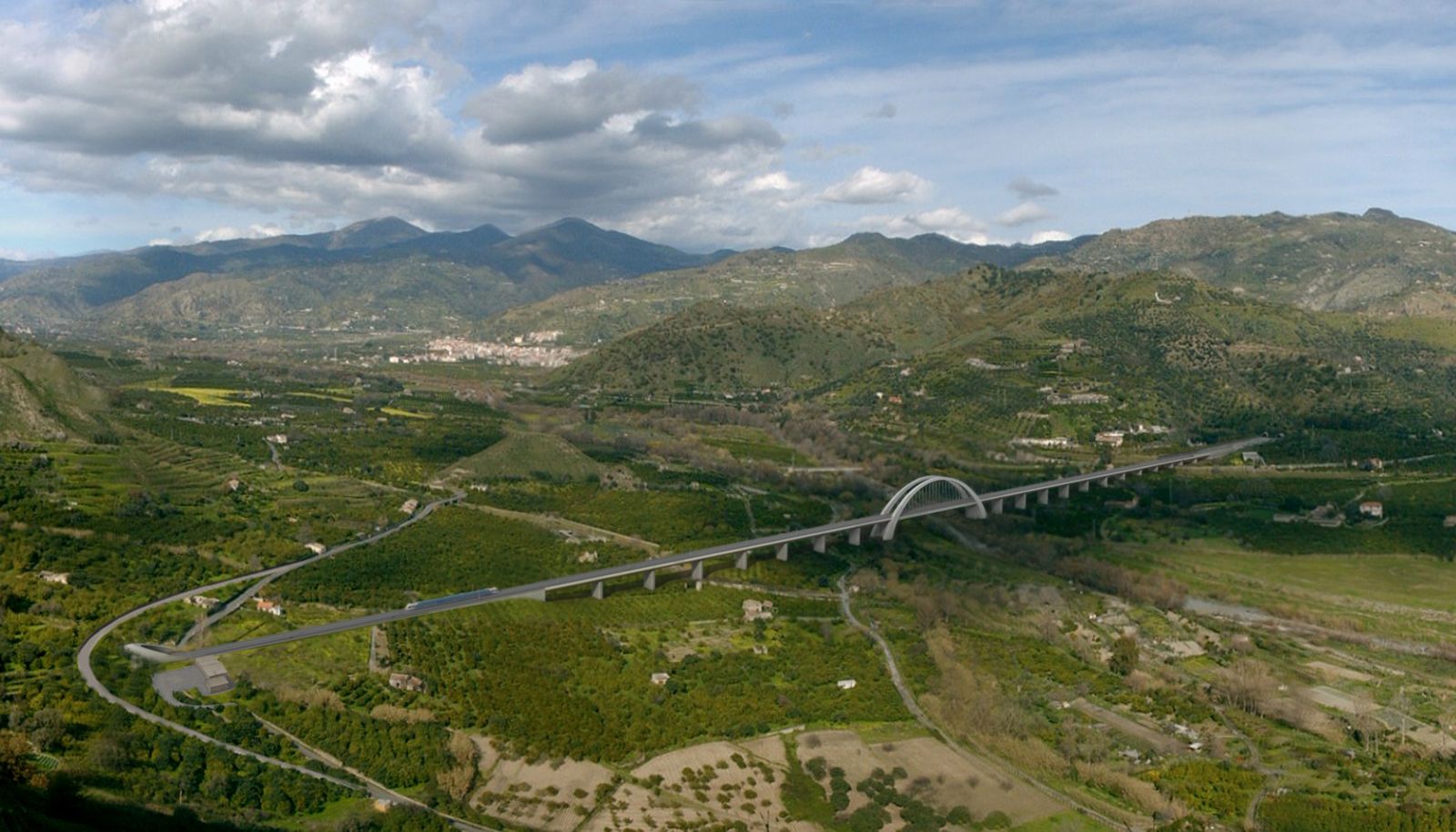 Giampilieri – Fiumefreddo RailwaySettore: Railways & Station
Giampilieri – Fiumefreddo RailwaySettore: Railways & Station -
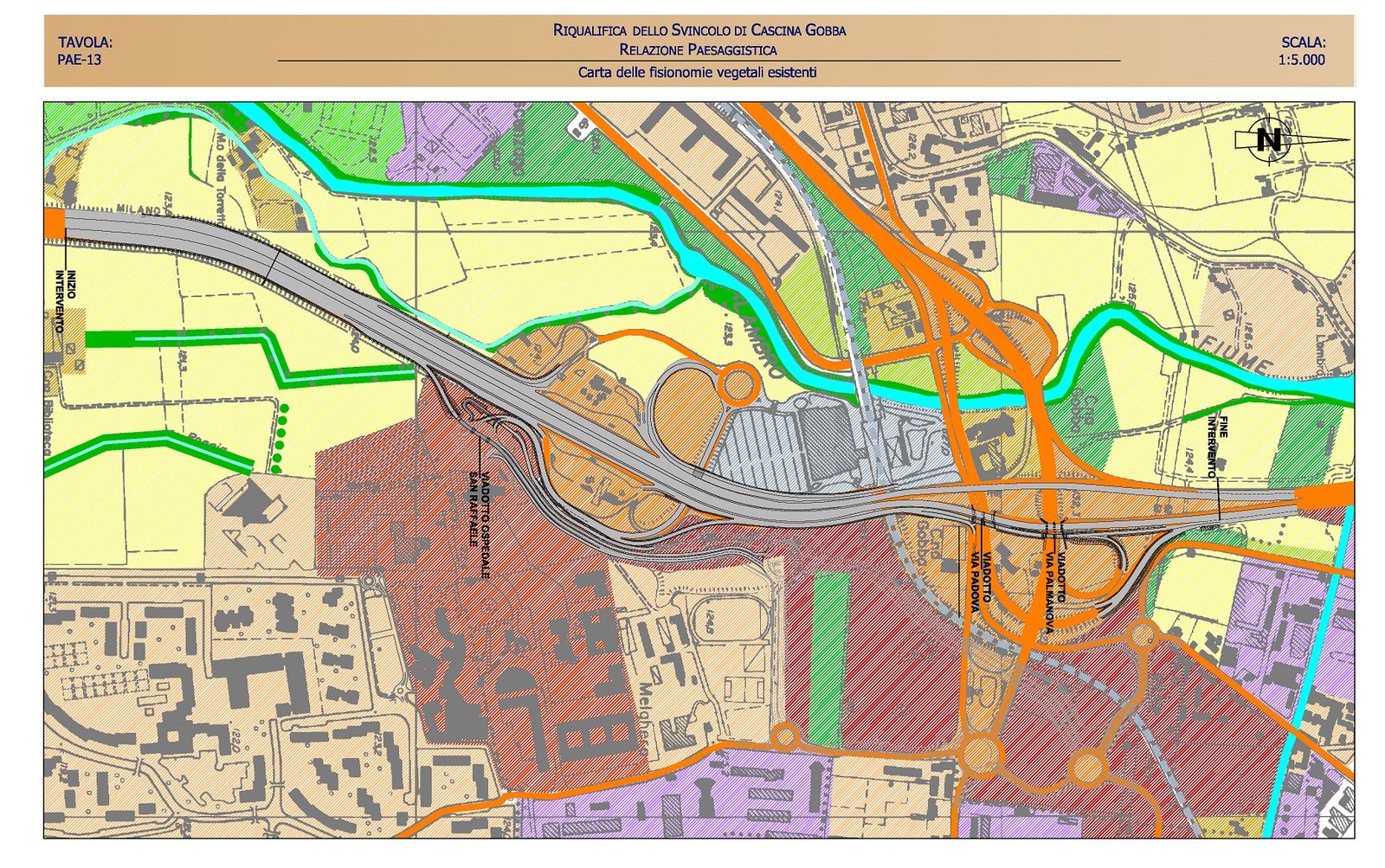 A51 Milan Eastern Ring Road – junction of Cascina GobbaSettore: Roads & Highways
A51 Milan Eastern Ring Road – junction of Cascina GobbaSettore: Roads & Highways -
 A12 Motorway – Pontina Road ConnectionSettore: Roads & Highways
A12 Motorway – Pontina Road ConnectionSettore: Roads & Highways -
 Marsamxett Bay – MaltaSettore: Ports and hydraulic projects
Marsamxett Bay – MaltaSettore: Ports and hydraulic projects -
 New Main Road SS291 – First Section – Alghero-OlmedoSettore: Roads & Highways
New Main Road SS291 – First Section – Alghero-OlmedoSettore: Roads & Highways -
 Port of Olbia (OT)Settore: Ports and hydraulic projects
Port of Olbia (OT)Settore: Ports and hydraulic projects -
 Port of Cannigione – Arzachena (OT)Settore: Ports and hydraulic projects
Port of Cannigione – Arzachena (OT)Settore: Ports and hydraulic projects -
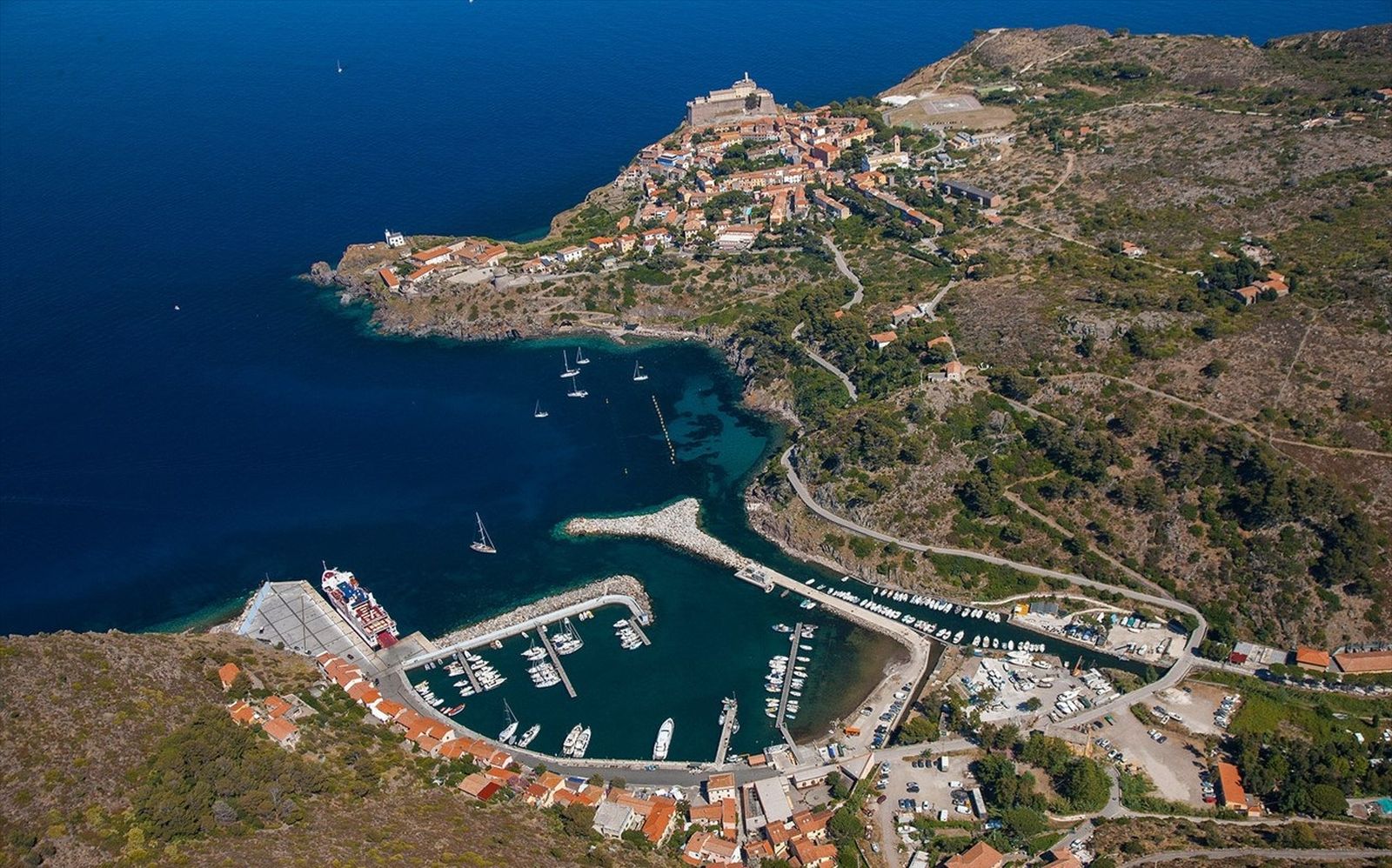 Port of Capraia (LI)Settore: Ports and hydraulic projects
Port of Capraia (LI)Settore: Ports and hydraulic projects -
 Port of Piombino (LI)Settore: Ports and hydraulic projects
Port of Piombino (LI)Settore: Ports and hydraulic projects -
 Port of Ventotene (LT)Settore: Ports and hydraulic projects
Port of Ventotene (LT)Settore: Ports and hydraulic projects -
 Vicenza Ring Road – Preliminary StudySettore: Roads & Highways
Vicenza Ring Road – Preliminary StudySettore: Roads & Highways -
 Brescia AirportSettore: Airports
Brescia AirportSettore: Airports -
 A1 Highway – Fiano Romano-Rome Ring Road sectionSettore: Roads & Highways
A1 Highway – Fiano Romano-Rome Ring Road sectionSettore: Roads & Highways -
 A14 Highway – Rimini Nord-CattolicaSettore: Roads & Highways
A14 Highway – Rimini Nord-CattolicaSettore: Roads & Highways -
 Genoa road and highway junctionSettore: Roads & Highways
Genoa road and highway junctionSettore: Roads & Highways -
 New Colle di Tenda TunnelSettore: Roads & Highways
New Colle di Tenda TunnelSettore: Roads & Highways -
 Battipaglia-Reggio Calabria Railway – Fiumicello TunnelSettore: Railways & Station
Battipaglia-Reggio Calabria Railway – Fiumicello TunnelSettore: Railways & Station -
 Rome Metro A line – Section Anagnina-Torre AngelaSettore: Urban Transport
Rome Metro A line – Section Anagnina-Torre AngelaSettore: Urban Transport -
 Flaminio Metro A Station – RomeSettore: Urban Transport
Flaminio Metro A Station – RomeSettore: Urban Transport -
 Porto Santo Stefano (GR)Settore: Ports and hydraulic projects
Porto Santo Stefano (GR)Settore: Ports and hydraulic projects -
 Port of AnconaSettore: Ports and hydraulic projects
Port of AnconaSettore: Ports and hydraulic projects -
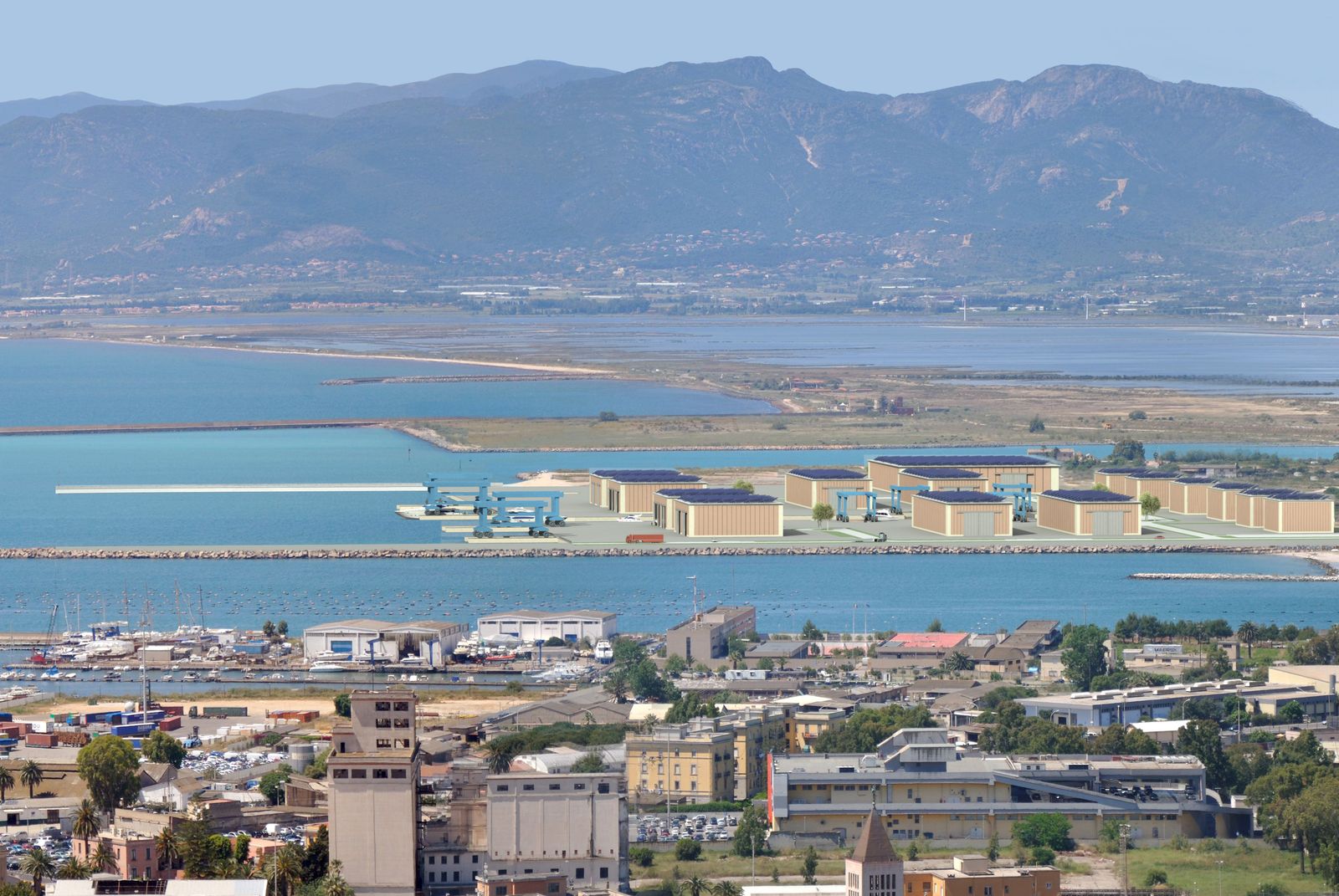 “Canale� Cagliari Port – Shipbuilding AreaSettore: Ports and hydraulic projects
“Canale� Cagliari Port – Shipbuilding AreaSettore: Ports and hydraulic projects -
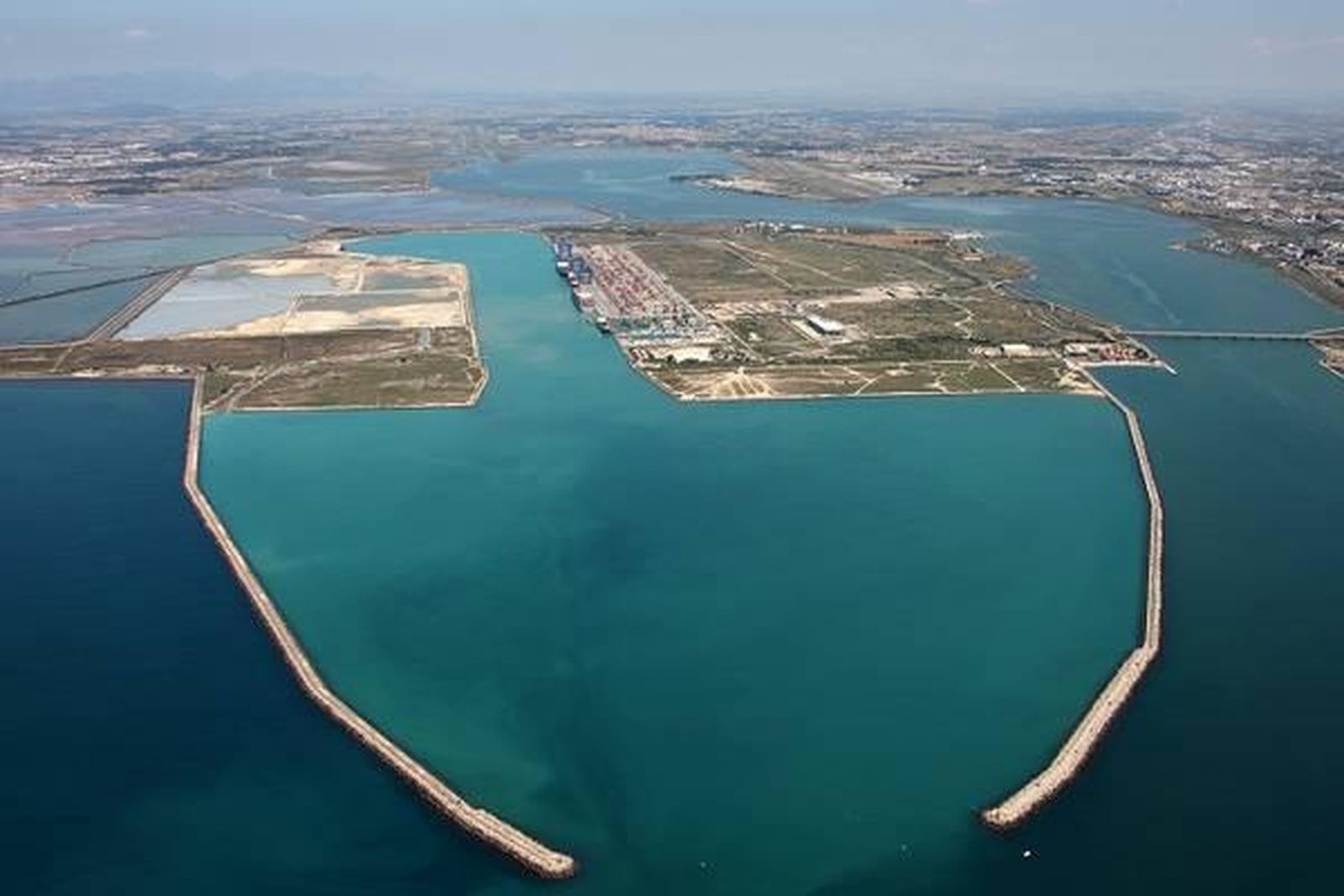 Port of Cagliari – RO-RO TerminalSettore: Ports and hydraulic projects
Port of Cagliari – RO-RO TerminalSettore: Ports and hydraulic projects -
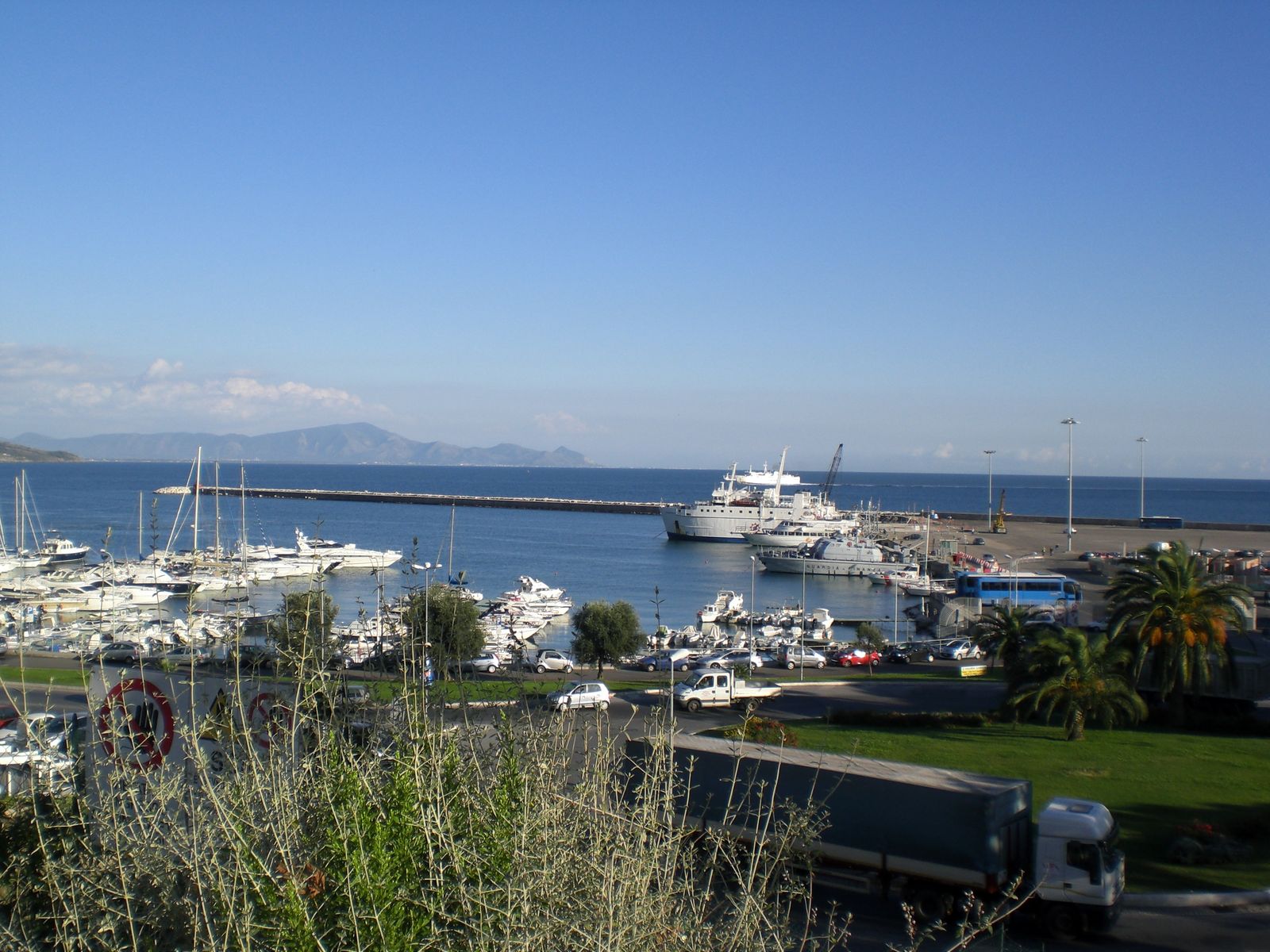 Marina of Formia (LT)Settore: Ports and hydraulic projects
Marina of Formia (LT)Settore: Ports and hydraulic projects -
 “Canaleâ€? Cagliari Port – Manoeuvring BasinSettore: Ports and hydraulic projects
“Canaleâ€? Cagliari Port – Manoeuvring BasinSettore: Ports and hydraulic projects -
 Florence AirportSettore: Airports
Florence AirportSettore: Airports -
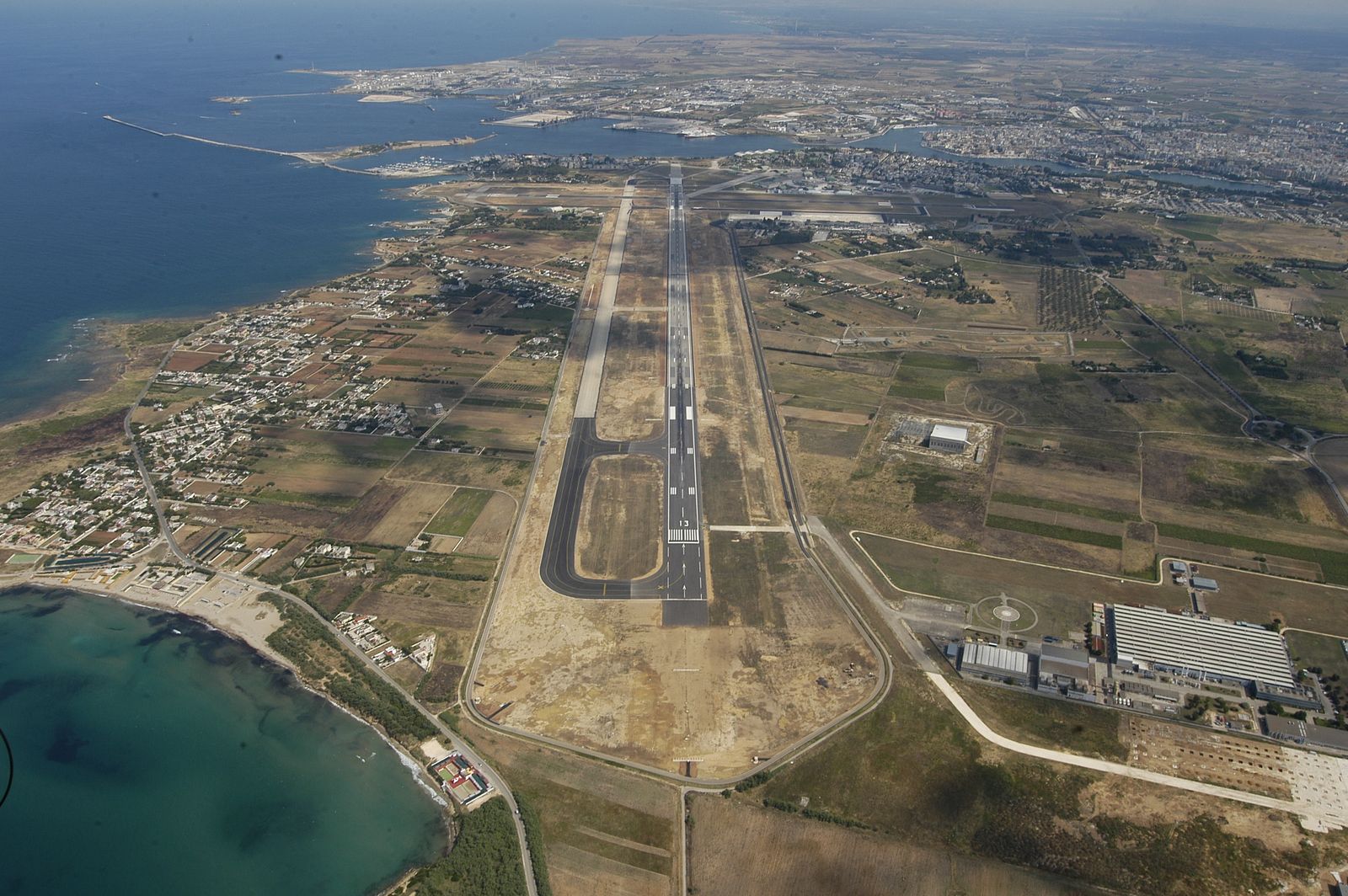 Brindisi AirportSettore: Airports
Brindisi AirportSettore: Airports -
 Viterbo Airport HubSettore: Airports
Viterbo Airport HubSettore: Airports -
 Bari AirportSettore: Airports
Bari AirportSettore: Airports -
 Catania AirportSettore: Airports
Catania AirportSettore: Airports